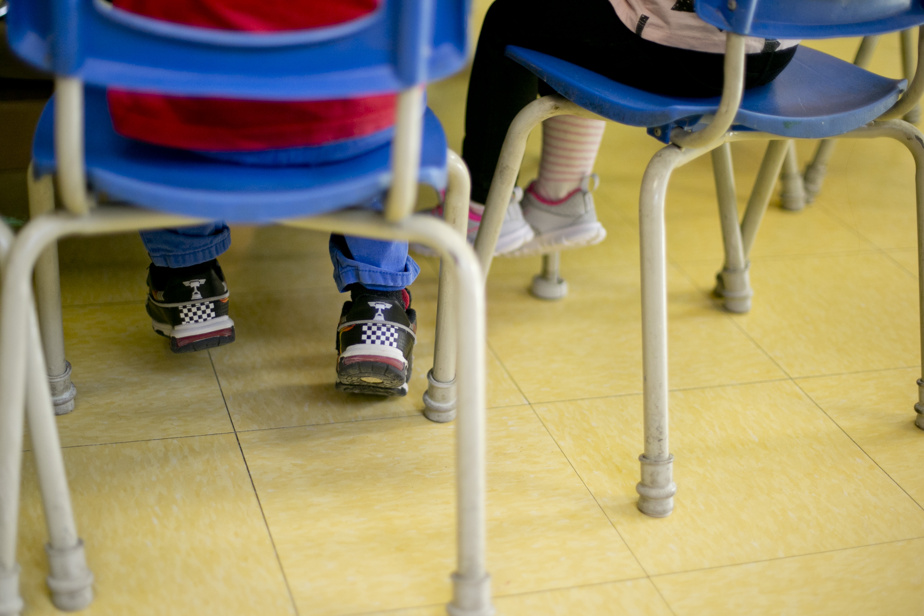A director of CPE and an educator from Quebec denounce the fact that the DPJ refused to carry out an investigation into a girl under the age of 2 who was in all likelihood the victim of an excision. The Minister for Health and Social Services, Lionel Carmant, said he was “shocked” by this inaction.
Faced with the inaction of the authorities, the two women – on condition of anonymity – confided in journalist Karine Tremblay, of the daily La Tribune.
It was the educator who, during a diaper change in October, was the first to notice that the child’s anatomy was not usual. She notified her director who, during a subsequent diaper change, also noticed that the child had no clitoris.
They first called Info Santé, who told them that it was not their responsibility since the injury was not recent.
The two women then contacted the DPJ, who explained to them that it was too delicate for there to be an investigation.
Asked by La Presse, Lambert Drainville, press secretary to Minister Lionel Carmant, told La Presse that the cabinet “well and truly read the article in La Tribune early [Wednesday] morning”.
“Minister Carmant immediately contacted the National Director of Youth Protection, Ms. Catherine Lemay, to ensure that the latter took charge of the file. It goes without saying that the minister is shocked on reading this paper. »
By email, Mélanie Otis, media relations at the CIUSSS de la Capitale-Nationale, indicated that the establishment has “the obligation to offer safe and quality services to the population”. “In this context, if a situation reveals that breaches may have occurred, we have a responsibility to intervene and all control mechanisms are in place to shed light on this situation and quickly take the necessary corrective measures. »
Since 1997, in Canada, anyone who commits or participates in female genital mutilation can be charged with aggravated assault and is liable to a prison sentence of 14 years.
The Quebec and Canadian governments are very aware of genital mutilation performed on Canadian women and girls. As early as 1992, the Society of Obstetricians and Gynecologists of Canada (SOGC) denounced this practice.
On its website, the SOGC publishes a text by Liette Perron and Vyta Senikas which explains that since “the procedure is often performed without anesthesia by a traditional practitioner using scissors, razor blades or broken glass, the immediate health consequences and risks can be severe and life-threatening.”
The lives of these children are changed forever.
In 2020, researcher Sophia Koukoui conducted a study titled “Female Genital Mutilation and Cutting in Canada” with 116 people. His study is reproduced on the Government of Canada website.
In total, 81% of the participants who granted interviews to the researcher were born on the African continent, 9% in Europe and 10% in North America.
Quoted in the study, a 37-year-old woman from Cameroon says that there are “people who want to practice female genital mutilation here in Canada”. “We don’t talk about it, but it’s the reality. »
Some have mentioned the fact that parents send their children to Africa to be excised there.
“The patriarchy imposed this practice which ended up becoming a tradition,” explained a 57-year-old participant from Benin.
Sophia Koukoui concludes that “community organizations and organizations that serve African communities […] would benefit from funding that would be used to address needs and provide ongoing support” in Canada.

